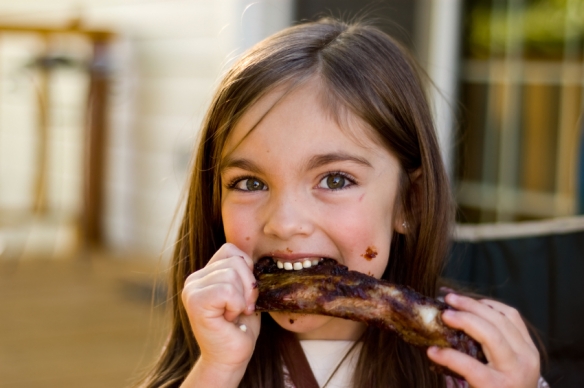Cooking at home can be a great way to spend time with family during the holidays. Keep everyone safe by following these tips on food safety in the kitchen.
Clean:
- Wash your hands before, during, and after preparing food.
- Wash all fresh produce before cutting or consuming.
- Prevent colds from spreading to your food. Keep sticky fingers out of the kitchen and cover foods if possible.
Separate:
- Use separate cutting boards for raw meats and ready-to-eat items like vegetables and bread to avoid cross-contamination.
- Ensure raw eggs, meat, poultry and their juices stay separate from foods that won’t be cooked.
Cook:
- Use a chafing dish to keep hot foods at 135°F or above.
- Reheat leftovers quickly and thoroughly to 165°F.
- Bake cookies according to instructions. It’s tempting, but don’t eat the raw dough!
- If frying foods, be aware of the cooking times to ensure food is fully cooked and ready for consumption. Find out where to properly dispose of cooking oil after use here.
Chill:
- Use ice bowls to keep food cold (below 40°F).
- Refrigerate leftovers within two hours of preparation.
- Do not defrost food at room temperature. Opt for safe defrosting in the refrigerator, microwave or under cold running water.
What food tips or recipes do you have to share with us? Comment below and the first 10 participants will win a thermometer!
Happy Holidays from Environmental Health Services!

 Follow these tips to stay food safe this holiday season whether you are making a Christmas ham, Kwanzaa jerk chicken or Hanukkah latkes.
Follow these tips to stay food safe this holiday season whether you are making a Christmas ham, Kwanzaa jerk chicken or Hanukkah latkes.
 Halloween can be a fun and spooky time of year for all with sweet treats and parties and the grand event of trick-or-treating.
Halloween can be a fun and spooky time of year for all with sweet treats and parties and the grand event of trick-or-treating. In honor of tomorrow (October 5) being “National Do Something Nice Day,” Environmental Health Services (EHS) is relaying answers to some of its most frequently asked questions from the public and businesses.
In honor of tomorrow (October 5) being “National Do Something Nice Day,” Environmental Health Services (EHS) is relaying answers to some of its most frequently asked questions from the public and businesses. Summer is over which means the kids are back in school and you are back to packing lunches on the go. Before you start packing,
Summer is over which means the kids are back in school and you are back to packing lunches on the go. Before you start packing, 

